The colorful krait
Bungarus ( scientific name Bungarus) is the name of a genus of snakes belonging to the cobra family. This is one of the easily recognizable venomous snakes, possessing a body with alternating black and white stripes, extending along the body.
Kraits and banded kraits (both in the genus Kraits) are easily identified by the alternating color bands on their bodies (Photo: Animal World ).
However, there is a species of venomous snake belonging to the genus Krait whose body does not have the monotonous black and white colors, but has a body with colorful and beautiful colors. The snake mentioned here is the red-headed Krait.
Red-headed krait, also known as red-headed krait (because kraits and kraits both belong to the genus krait), scientific name Bungarus flaviceps. This is a snake species endemic to Southeast Asia, found in southern Myanmar, Thailand, Cambodia, Malaysia, Indonesia, Singapore and Vietnam.
The red-headed krait stands out with its red head and tail and black body (Photo: HKSID).
In Vietnam, the red-headed krait has only been found in the Dinh Mountain area, Ba Ria - Vung Tau province (formerly), now part of Ho Chi Minh City. Due to its small distribution range, the red-headed krait is quite rare and little known in Vietnam.
The red-headed krait is a large snake, with an average adult length of 1.5m and can be up to 2.1m long. This snake is notable for its bright red head and tail, black body and 2 bright stripes running along the body.
Snakes have indistinguishable heads and bodies, with triangular bodies and high, raised backs.
A colorful Kinabalu krait, a subspecies of the red-headed krait, is found only in the state of Sabah, northern Borneo, Indonesia (Photo: Explore Herpetology).
Habitat and food of red-headed krait
The red-headed krait lives near water in the rainforests of mountainous and hilly areas, usually at altitudes above 400m above sea level. Due to its small population and habitat, the red-headed krait is rarely found near human habitation.
Red-headed kraits usually live far from human habitation so they rarely bite people (Photo: liuye).
This is a nocturnal snake that hunts at night. During the day, the red-headed krait is slow and lethargic and often seeks to hide when disturbed. At night, it becomes agile and quick.
The red-headed krait feeds on lizards, frogs, rodents and some other snakes.
How poisonous is the red-headed krait?
The red-headed krait is a species of cobra, possessing deadly venom.
The venom of the red-headed krait affects the nervous system, causing symptoms in the bitten person such as drooping eyelids, vomiting, headache, muscle paralysis, difficulty breathing... If not treated promptly, it can lead to death due to respiratory failure.
The red-headed krait belongs to the cobra family and possesses deadly venom (Photo: iNaturalist).
However, because the number of red-headed kraits is not large and they often live in areas far from residential areas, there are not many cases of humans being bitten by this snake.
However, if you encounter a red-headed krait, you should stay away and not provoke this dangerous snake. In particular, the red-headed krait has the ability to turn its head to attack, so absolutely do not grab the back of the snake's head to avoid the risk of being bitten.
Source: https://dantri.com.vn/khoa-hoc/loai-ran-dep-sac-so-nhung-mang-doc-chet-nguoi-co-phan-bo-tai-viet-nam-20250705052128573.htm


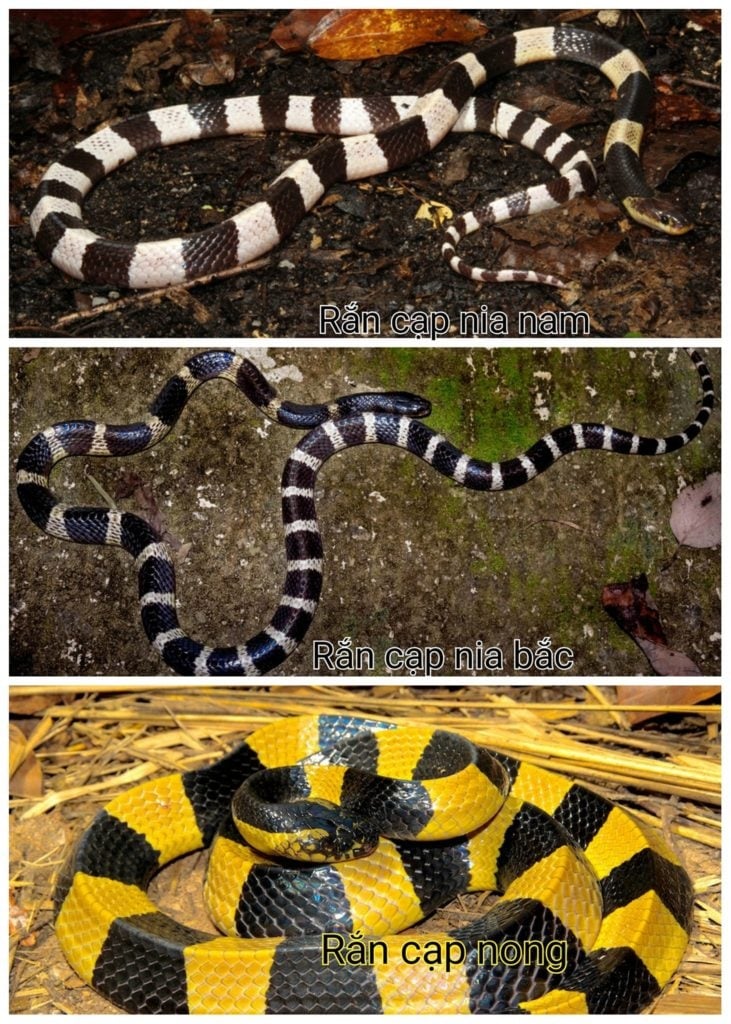
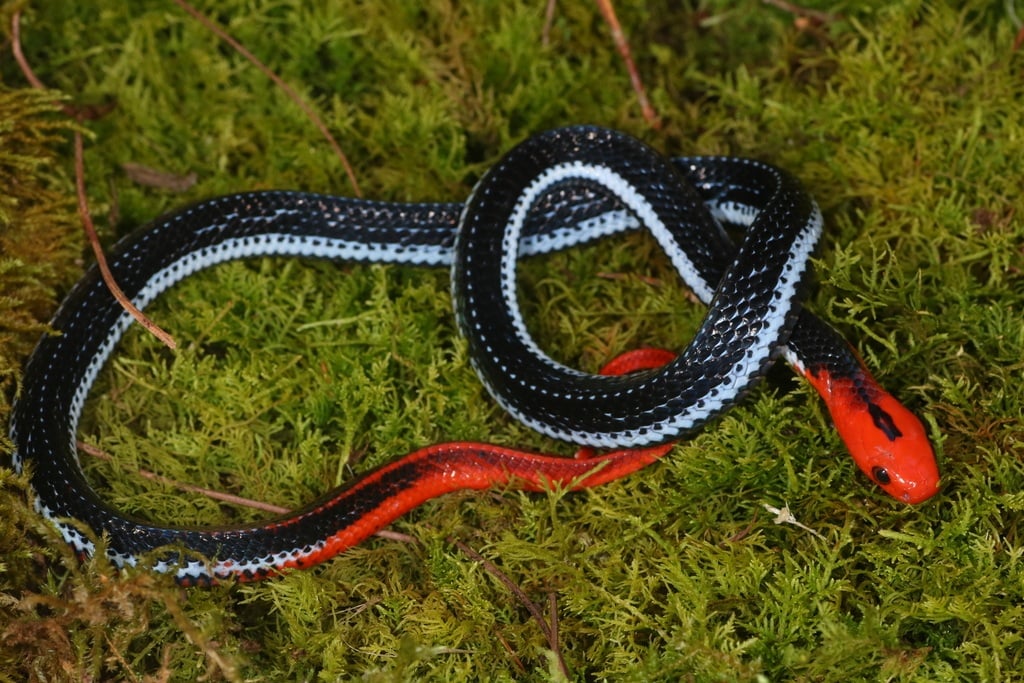
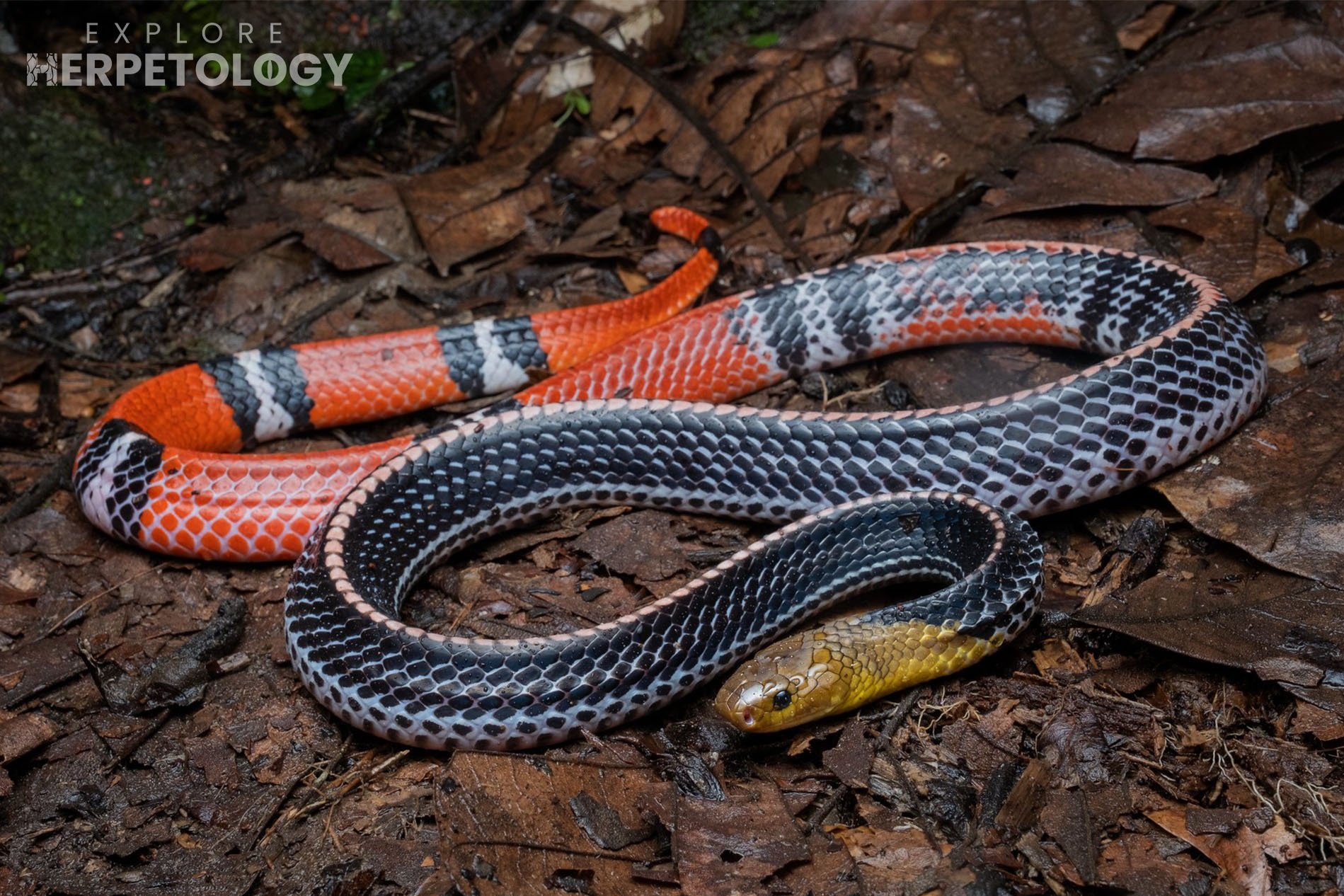
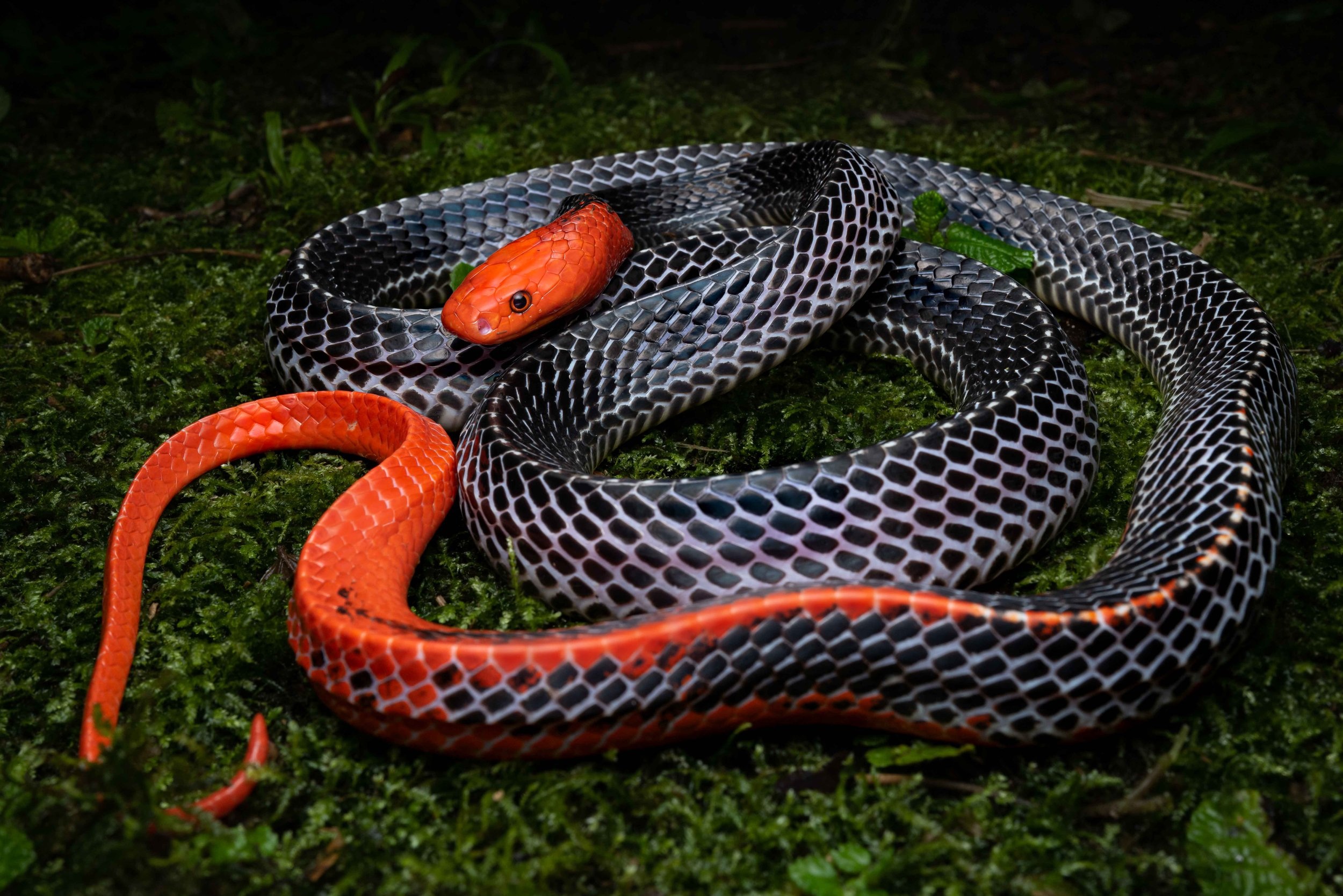
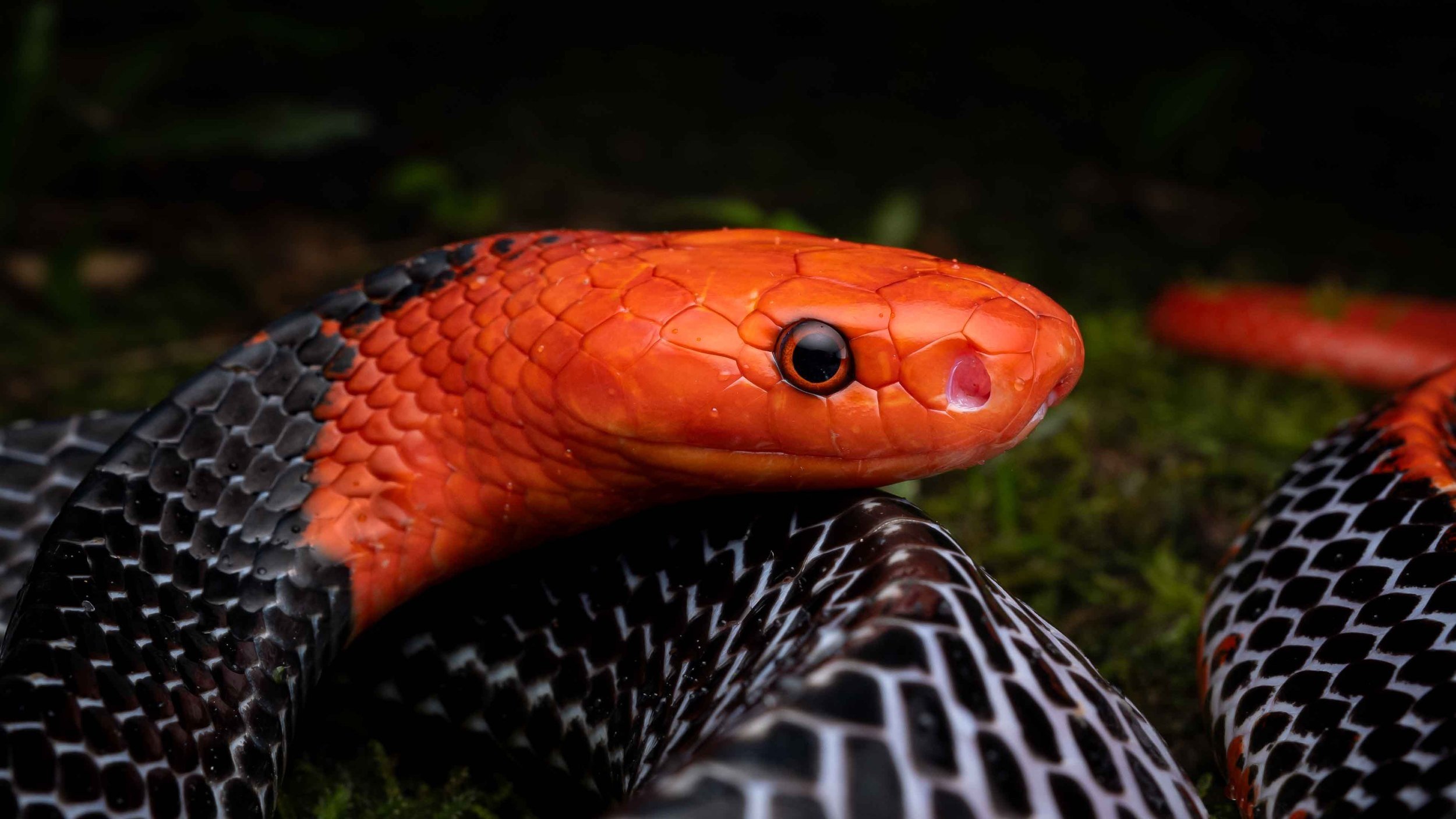


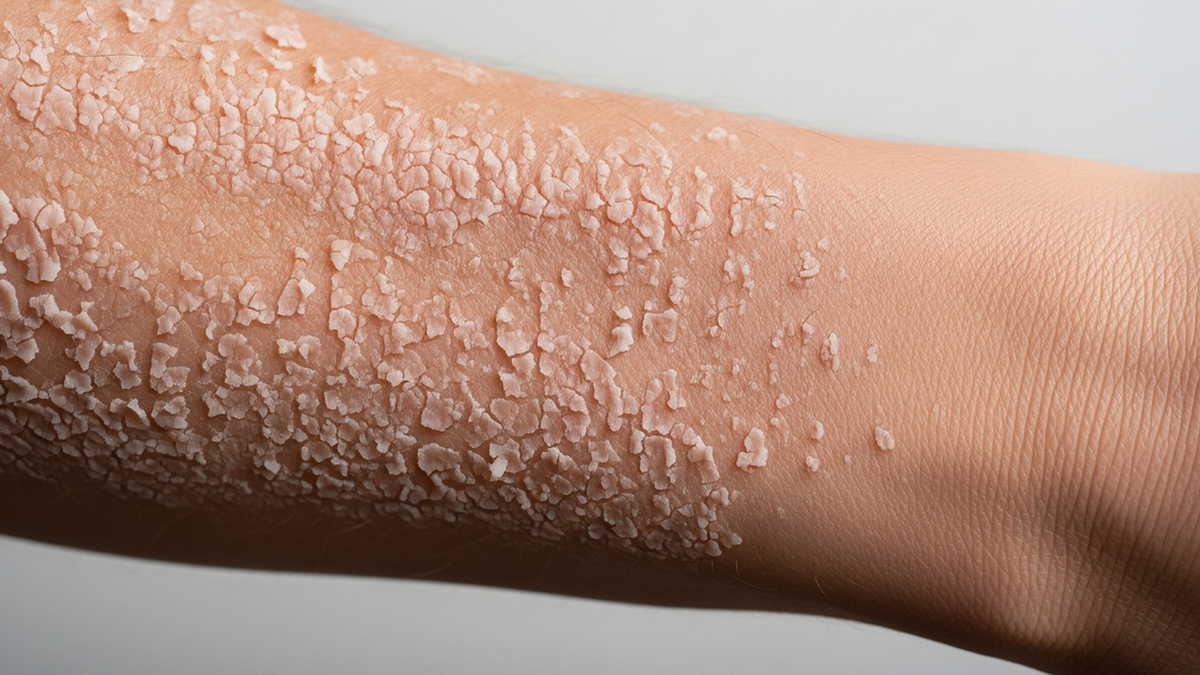






















![[Photo] National Assembly Chairman attends the seminar "Building and operating an international financial center and recommendations for Vietnam"](https://vphoto.vietnam.vn/thumb/1200x675/vietnam/resource/IMAGE/2025/7/28/76393436936e457db31ec84433289f72)








































































Comment (0)